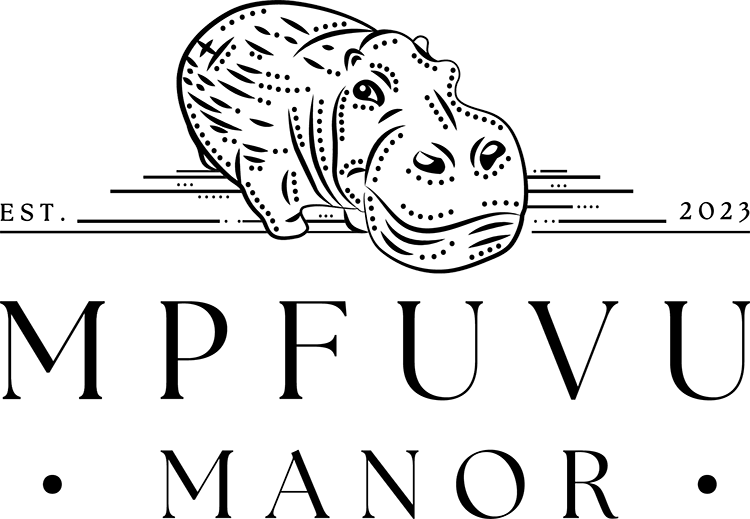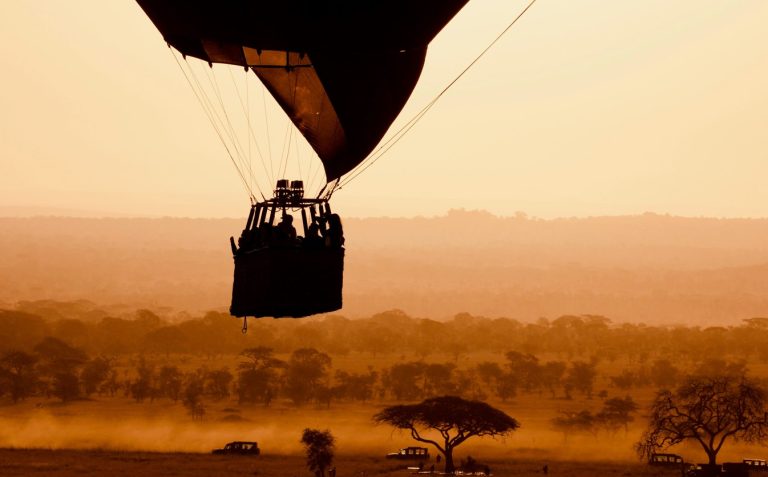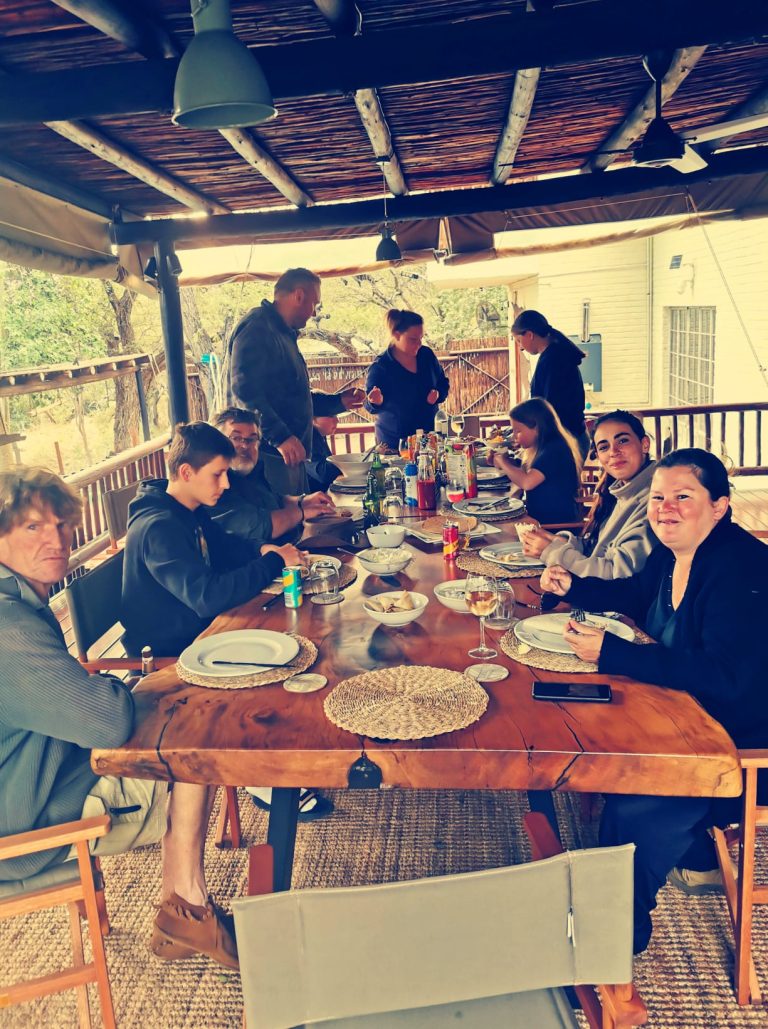For many, Kruger National Park is synonymous with safari holidays. This truly magical setting is home to more species of large mammals than any other African game reserve. For photographs, for selfies, for just marvelling at the beauty of the world and the animals that inhabit it – Kruger National Park has it all.
At 2 million hectares, it’s also one of the largest national parks in the world. Nonetheless, it remains very welcoming to visitors and is accessible as a day trip from our lodge. As such, it’s an ideal safari location for first-timers as well as well-travelled explorers.
The Big 5 and Kruger National Park
There’s nothing quite like Kruger game, so expect to rub tusks with the Big 5, as well lions and leopards, elephants and buffalos in this sprawling other-worldly land. It’s an assault on all the senses, offering a memorable and highly sensory experience that you can make your own.
If you want to really explore the depths of Kruger National Park; from its Crocodile Rivers to the great outback, then the eight-day Rondavel Camp trek is not to be missed.
When to visit Kruger National Park
Kruger National Park is an all-year-round safari destination. The weather can be rainy between November and March, so it’s best to avoid these months if you want to spend your time out in the savanna spotting animals.
To spot the Big 5, visit Kruger National Park in the dry season. This is between May and September. There’s less vegetation for animals to hide behind, plus they tend to hang out near water supplies; such as waterholes and rivers. Being able to predict where the animals hang out enhances our chances of spotting your favourite South African safari animals.
Talking of water supplies, what river runs through Kruger National Park?
Six major rivers flow through this vast area. They offer a permanent water supply to its inhabitants and as mentioned, during the dry season an abundance of wildlife can be seen on river banks and at waterholes.
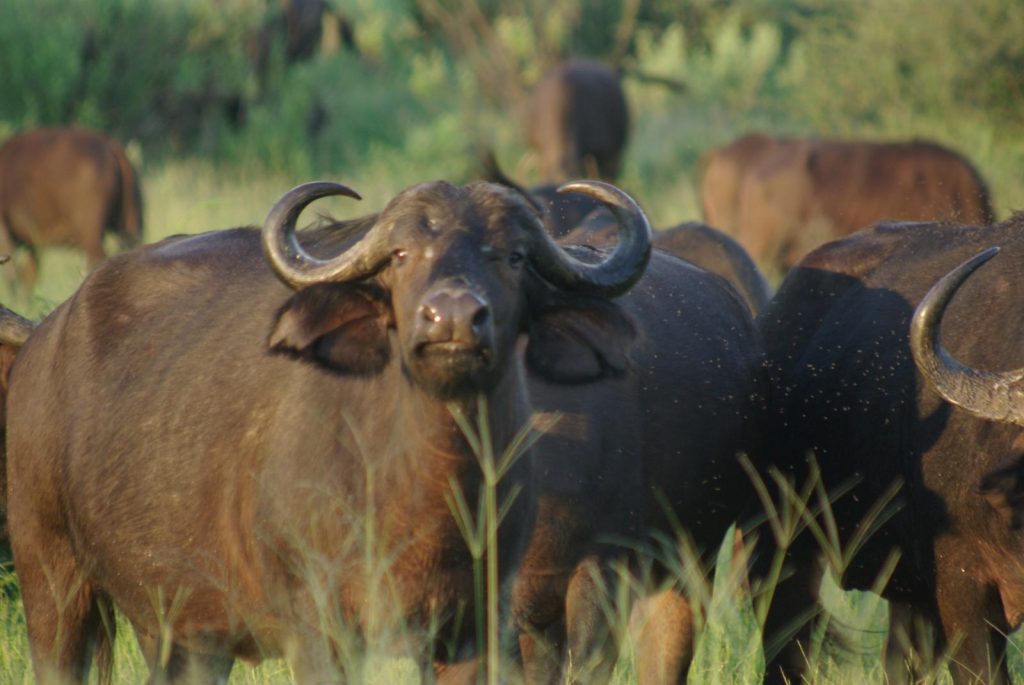
Crocodile River
Forming the southern boundary of Kruger National Park is Crocodile River. Winding from west to east, Crocodile River provides some spectacular wildlife sightings, and as its name suggests, crocodiles can often be spotted on the banks of this river.
Sabie River
Rising in the Drakensberg Mountains, the Sabie River creates a natural boundary with Kruger National Park. The banks of the river are often buzzing with wildlife – crocodiles, hippos a long list of amphibians and bird life (to name a few) occupy the river. Thriving riverine vegetation draws the wildlife here creating spectacular viewing for people on safari.
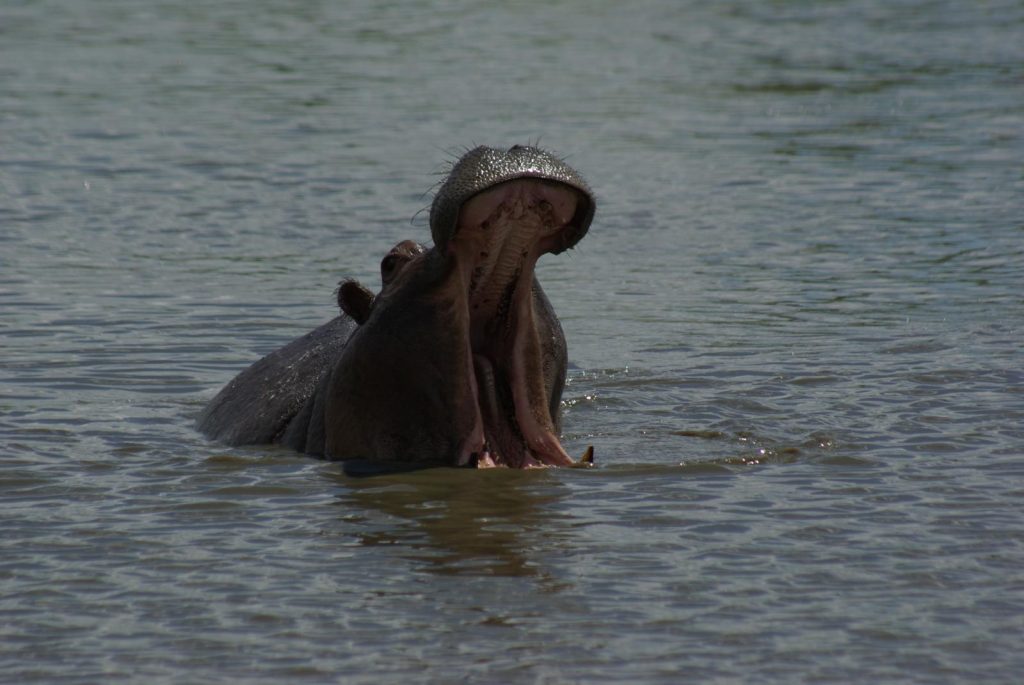
Olifants River
Mpfuvu Manor guests will become very familiar with the Olifants River. Our lodge is set on the banks of the Olifants River with undisturbed views into the bush. This location on the banks of the river means we are surrounded by mature riverine vegetation. Leadwood, Knobthorn and Weeping Boerbean trees provide shade in the garden and our viewing lounge is the perfect place to watch hippos hydrate, you might even spot a crocodile in the garden!
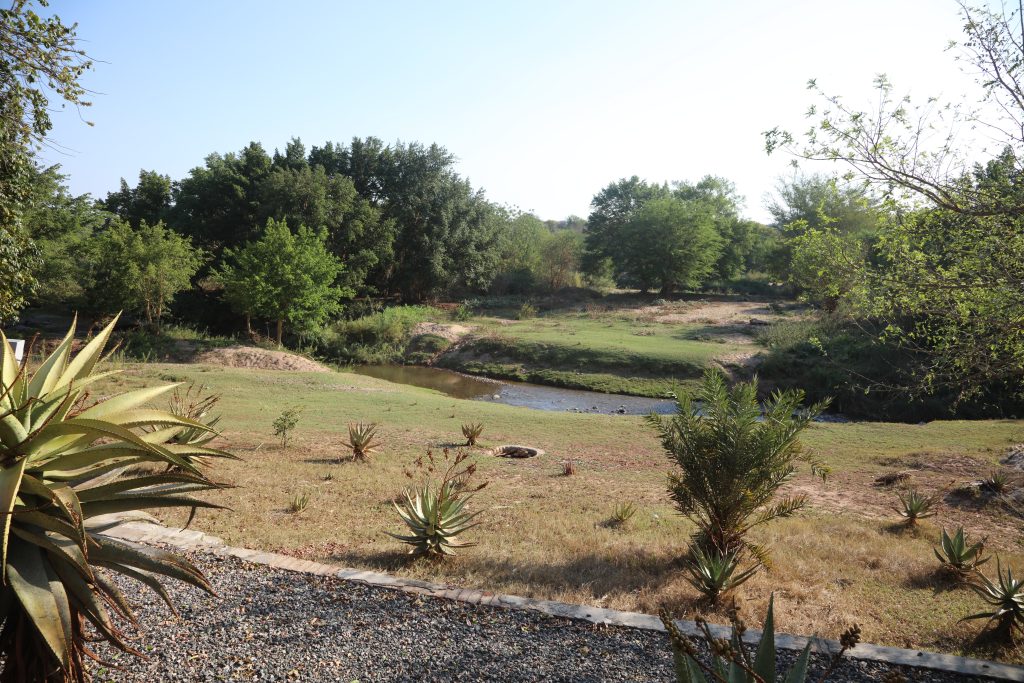
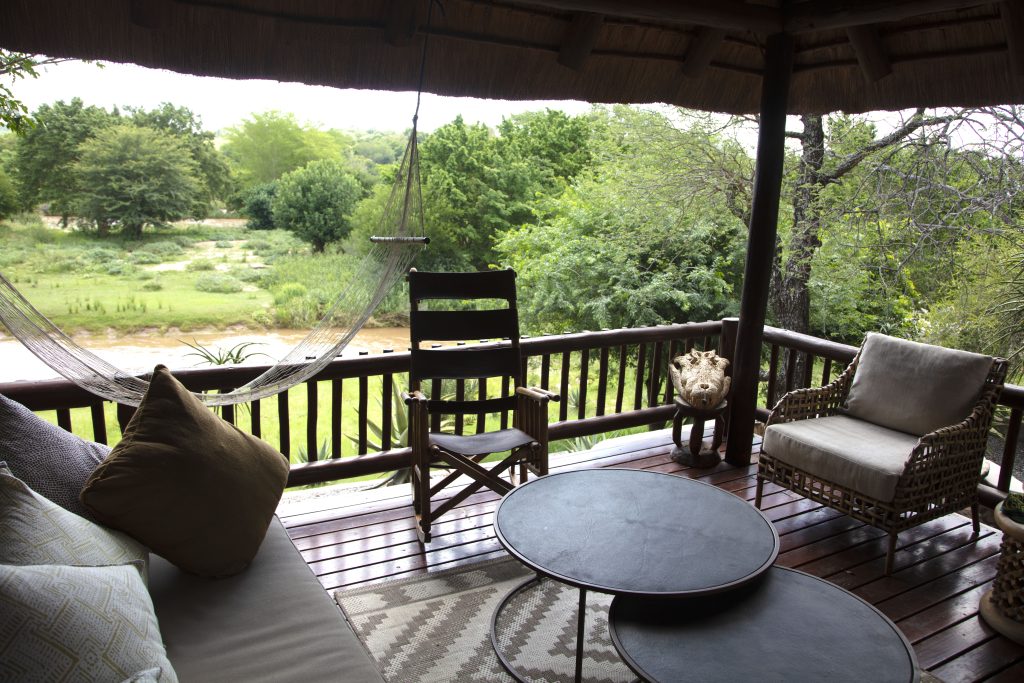
The Olifants River runs through the central region of the Kruger National Park having risen in the Winterhoek Mountains.
Olifants means elephants in English so it’s no surprise that a herd of elephants can often be seen on the banks of the Olifants River, other animals you might see include lions, leopards, rhinos and hippos.
Letaba River
In the eastern corner of the Limpopo Province flows the Letaba River. One of the most important tributaries of the Olifants River, Letaba is a wonderful place to watch wildlife on a day trip from Mpfuvu Manor. Flowing in a south-easterly direction, Letaba, translated from the local Sotho language, means sandy river. The name makes sense as soon as you cast your eyes on the river, its wide sandy banks being its main characteristic.
You might spot elephants, waterbuck, cape buffalo, hippo or impala (to name a few animals) on the banks of this river.
Luvuvhu River
Forming the western boundary of Kruger National Park and probably most famous for the Luvuvhu River Drive to Crooks’ corner, this river is the starting point for arguably one of the most beautiful drives in Kruger National Park. The forests on either side of the Luvuvhu River are home to an array of wildlife and when the sandbanks are visible you’ll often see crocodiles hanging out. The Luvuvhu River is known for a high population of crocodiles and the biggest crocodile recorded at Kruger National Park weighed 905kg and measured 5.5m in length!
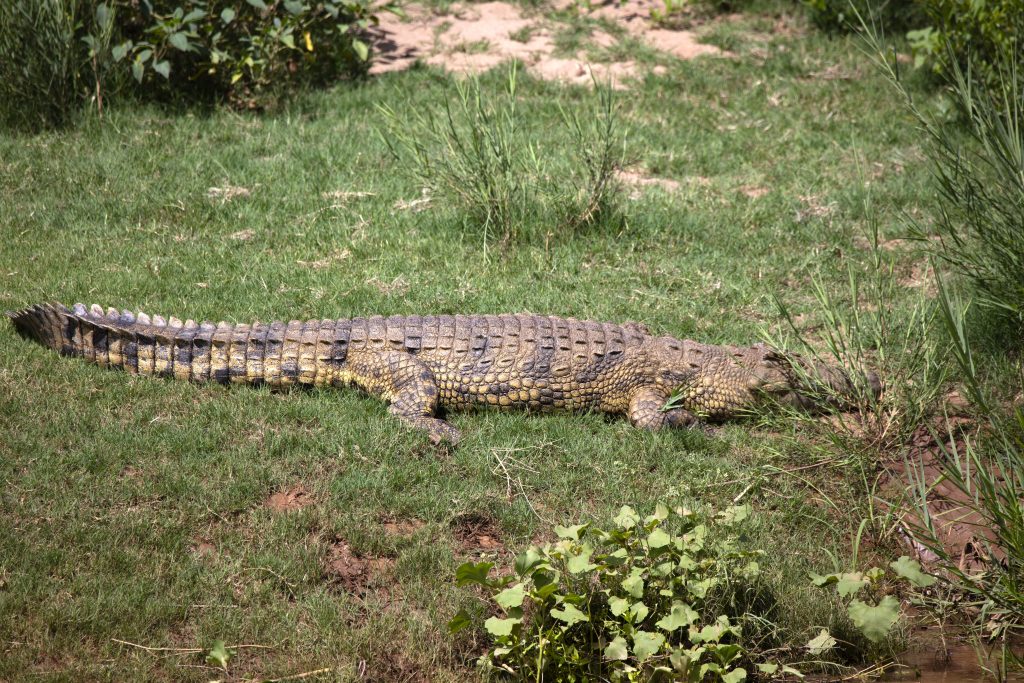
Limpopo River
Rising as the Crocodile River, the Limpopo River is one of the greatest rivers in Africa. It offers travellers an abundance of wildlife viewing opportunities and often features in our day trip safaris from Mpfuvu Manor. The river is full of crocodiles and hippos and the surrounding vegetation is an incredible area of untouched wilderness – making it the perfect home to an array of wildlife.
For more information on the activities and intimate safaris we offer from Mpfuvu Manor, please contact us. We’re happy to offer advice such as the best time to visit South Africa on Safari and where you can spot the Big 5.
- 10 reasons to stay in our luxury safari lodge in South Africa
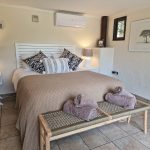 Mpfuvu Manor is your home from home. Here are 10 reasons why you’ll love your stay with us
Mpfuvu Manor is your home from home. Here are 10 reasons why you’ll love your stay with us - 5 things to do in Hoedspruit
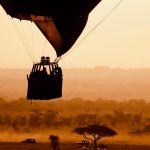 We list our top 5 things do to in Hoedspruit
We list our top 5 things do to in Hoedspruit - Best time to visit South Africa on safari?
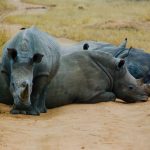 Read our handy guide to see when you’ll have the best chance of glimpsing your favourite animals
Read our handy guide to see when you’ll have the best chance of glimpsing your favourite animals
